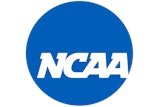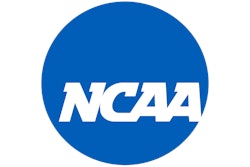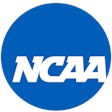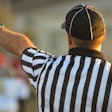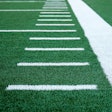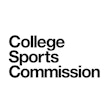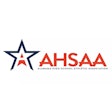
The NCAA Playing Rules Oversight Panel on Thursday approved modifications to baseball's 20-second action clock with runners on base for the 2023 season.
Under the rule, with runners on base, a pitcher will be required to start the motion of throwing a pitch or making a pickoff throw to avoid a clock violation.
Pitchers will be allowed one step-off or fake throw to a base per batter to reset the clock.
If a defensive player requests and is granted a timeout by an umpire, it would be treated the same as a step-off by the pitcher to reset the clock. Again, this will be allowed only once per batter.
If the 20-second clock expires without a pitch or pickoff throw being made, a ball will be added to the count.
Previously, pitchers received a warning for the first violation of the 20-second clock, and a ball was added to the count for any subsequent violations. Pitchers could make an unlimited number of step-offs or fake throws to reset the clock.
If the offense violates the 20-second clock, a strike still will be added to the count.
The panel also approved a requirement that the between-innings and action clocks be visible on the field by Jan. 1, 2024, for all Division I games and Jan. 1, 2025, for all Division II and III games. Clocks do not have to be permanently affixed to the stadium. The change established a minimum of one visible clock, although multiple clocks are encouraged. A clock should be visible to the field umpire responsible for monitoring the timing rules.
To effectively and consistently enforce rules aimed at addressing the concern, the NCAA Baseball Rules Committee thinks a visible clock is necessary to address pace-of-play issues.
Video review
The panel approved expanding umpires' use of video replay review. Umpires can initiate video reviews to see whether malicious contact or misconduct occurred. Umpires will also be able to initiate reviews regarding catcher's interference.
Fence padding
The panel approved a minimum 3-foot fence or protective netting be in place on the field side of dugouts. The fence/netting would be required in Division I by Jan. 1, 2024, and in Divisions II and III by Jan. 1, 2025.
Additionally, the Baseball Rules Committee recommended padding be placed on all hard surfaces (backstops, sideline and home run fences) with which a player could collide during play.
Other rule changes
- Starting with the 2023 season, celebratory props will not be allowed outside the dugout.
- All coaching appeals of an umpire's decision or interpretation of the rules for a play on the bases are to be made at the middle point of the team's respective foul line. A coach cannot enter the dirt circle for decisions or interpretations of the rules for plays at home plate or for lineup changes.
- Either by conference rule or mutual consent between the two teams, a game could be completed with one umpire.
- Either by conference rule or mutual consent between the two teams, all extra innings (10th inning of a nine-inning game or eighth inning of a seven-inning doubleheader game) would start with a runner on second base.
NCAA softball games can be played using a double first base on an experimental basis for the 2022-23 academic year.
The experimental rule, which was approved by the NCAA Playing Rules Oversight Panel on Thursday, allows the fielder to use half the base and the batter-runner to use the other half.
Both teams will have to agree to use the double first base during regular-season spring games or fall competitions played in the nontraditional season. Base specifications and specific rules on how to use the base will be included later as part of the experimental rule.
Schools that choose to use this experimental rule must submit a waiver request and collect specific data points that will be outlined by the NCAA Softball Rules Committee.
Fence padding
The panel approved a requirement that all sideline and home run fences constructed of wood, concrete or brick be padded by Jan. 1, 2027. Padding must begin not higher than 1 foot off the ground and extend to the top of the wood, concrete or brick or 6 feet from the ground, whichever is shorter. The panel also would like the NCAA Softball Rules Committee to discuss adding all hard surfaces to this proposal.
Padding is also a requirement for backstops constructed of wood, concrete and brick and was previously strongly recommended for fences constructed of those materials.
The delayed implementation was recommended due to the costs associated with this change.













